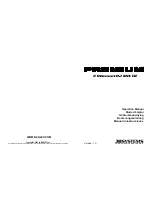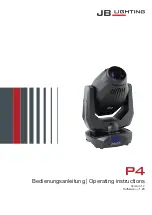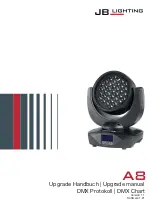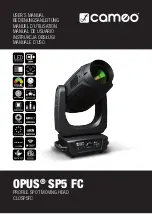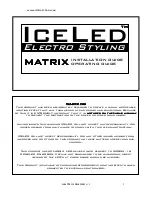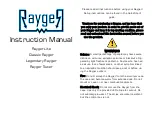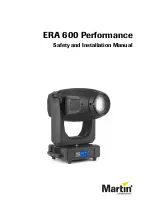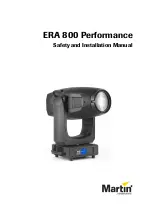
External Trigger Mode
External trigger mode will allow the flash rate of the ST-329 stro-
boscope to be controlled by an external signal, such that the flash
rate will automatically increase or decrease when the signal is al-
tered, so that it may remain in unison with the speed of a chang-
ing target.
Connector of External Input/Output
Charging round socket: positive 16V, negative 16V
External synchronous USB port: 1.+12V output 2.OUT exter-
nal pulse input 3.-12V output
External Pulse Input: 3 pin M-12 connection. The input signal
will have the following characteristics.
Input Frequency: 60-12,000 fpm Input pulse width:
over 50 µs. Delay angle: 0-359° (every 1°) Delay time: 0-999 ms
(every 1ms)
Additionally, there are several settings that can be adjusted in Ex-
ternal Trigger mode, including phase shift, delay time, and flash
duration.
The flash timing can be set by using the positive or negative edge
of an external trigger signal. Also the delay of the flash timing can
be set by time in (msec) or degrees (°).
Press “mode” once and the unit enters EXTER 1. In this mode,
speed (FPM) automatically flash according to the external trigger
signal.
After setting the parameters, generally the detected object has an
advanced or lag phenomenon. To adjust, press the “+” or “-” for
fine-tuning, change the perimeter parameters, so that detected
object achieves a still image. In this setting process, the unit will
automatically save the last setting.
External Trigger Mode: LCD Display Information
The frequency of the external signal is measured each period,
while the latest external frequency measurement is updated ev-
ery 50 ms.
External Trigger Flash Delay Setting
A flash angle delay can be programmed into the ST-329 to delay
the flash after an external trigger signal is detected. The unit of
delay can be set to time (msec) or degree (°). Use “+” or “-”key
to alternate between the settings of delay angle or delay time.
Delay Time Setting
The delay time can be set to incorporate a delay from the external
pulse input to the flash output. The delay can be set from 0-999
ms with a resolution of 1 ms.
Note: Because of the existence of a delay in internal calculation,
the ST-329 flashes 60 µs after the external signal input. This re-
sults in the actual setting delay time having approxi60 µs
added to the delay.
Example
Trigger: positive edge
Delay Time: 10 ms
The ST-329 does not flash at the 1st trigger pulse as shown below
in the diagram, ST-329 flashes from the external trigger after 10
ms.
4
+
_







